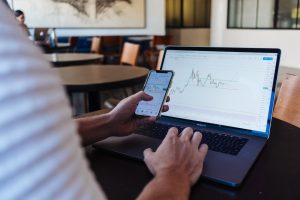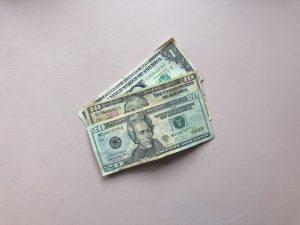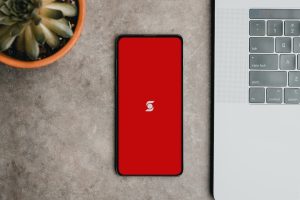In forex trading, buy limit and buy stop are two important types of orders that traders use to enter the market at certain prices. Understanding the difference between the two is crucial for traders to manage their trades effectively and minimize their risks.
Buy limit and buy stop are both types of pending orders, which means that they are not executed immediately but only when the market reaches a certain price level. These orders allow traders to enter the market at a better price than the current market price, which can be useful in volatile markets where prices can fluctuate rapidly.
Buy Limit Order:
A buy limit order is an order to buy a currency pair at a specific price or lower. This means that the trader is willing to buy the currency pair only if the market price falls to the specified price or lower. For example, if the current market price of EUR/USD is 1.2000, a trader can place a buy limit order at 1.1900, which means that the trader is willing to buy EUR/USD only if it falls to 1.1900 or lower.
Buy limit orders are often used by traders who believe that the market price will fall to a certain level before bouncing back up. This can happen in cases where there is a strong support level or a price level where buyers are likely to step in and push the price up. By placing a buy limit order at this level, the trader can enter the market at a better price than the current market price.
Buy Stop Order:
A buy stop order is an order to buy a currency pair at a specific price or higher. This means that the trader is willing to buy the currency pair only if the market price rises to the specified price or higher. For example, if the current market price of EUR/USD is 1.2000, a trader can place a buy stop order at 1.2100, which means that the trader is willing to buy EUR/USD only if it rises to 1.2100 or higher.
Buy stop orders are often used by traders who believe that the market price will continue to rise after breaking through a certain resistance level. This can happen in cases where there is a strong resistance level or a price level where sellers are likely to step in and push the price down. By placing a buy stop order at this level, the trader can enter the market at a better price than the current market price.
Key Differences Between Buy Limit and Buy Stop Orders:
1. Trigger Price:
The main difference between buy limit and buy stop orders is the trigger price. Buy limit orders are triggered when the market price falls to or below the specified price, while buy stop orders are triggered when the market price rises to or above the specified price.
2. Market Direction:
Buy limit orders are used in a bearish market, where the trader expects the price to drop to a certain level before bouncing back up. Buy stop orders are used in a bullish market, where the trader expects the price to continue rising after breaking through a certain resistance level.
3. Risk and Reward:
Buy limit orders offer a better risk-reward ratio than buy stop orders, as they allow traders to enter the market at a lower price than the current market price. However, buy limit orders also carry the risk of not being executed if the market does not reach the specified price level.
Conclusion:
In summary, buy limit and buy stop orders are two important types of orders that traders use to enter the market at a specific price level. Buy limit orders are used in a bearish market, where the trader expects the price to drop to a certain level before bouncing back up, while buy stop orders are used in a bullish market, where the trader expects the price to continue rising after breaking through a certain resistance level. Understanding the difference between the two is crucial for traders to manage their trades effectively and minimize their risks.





